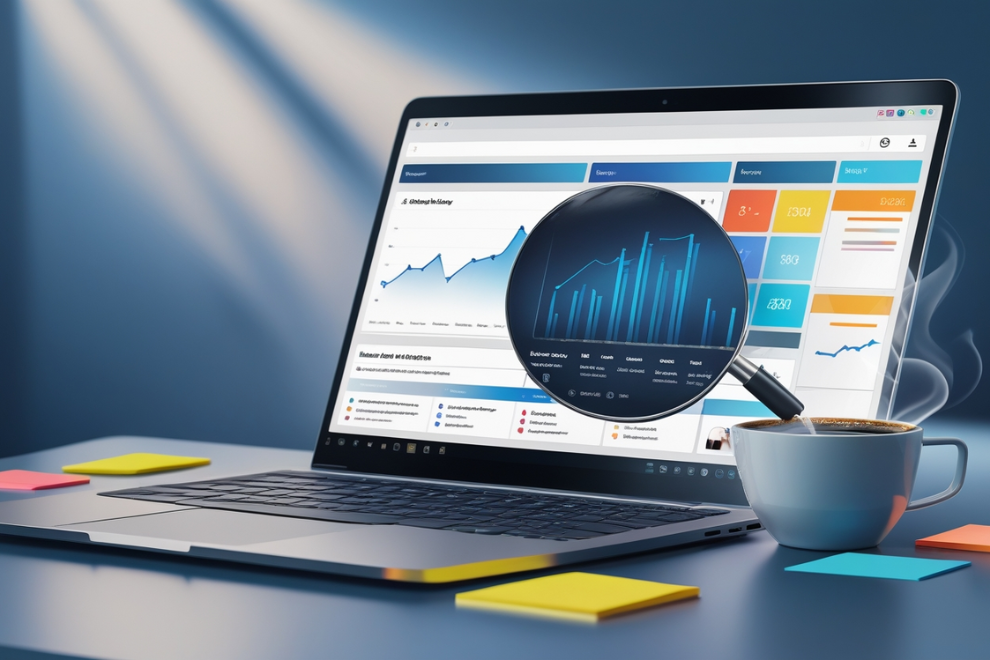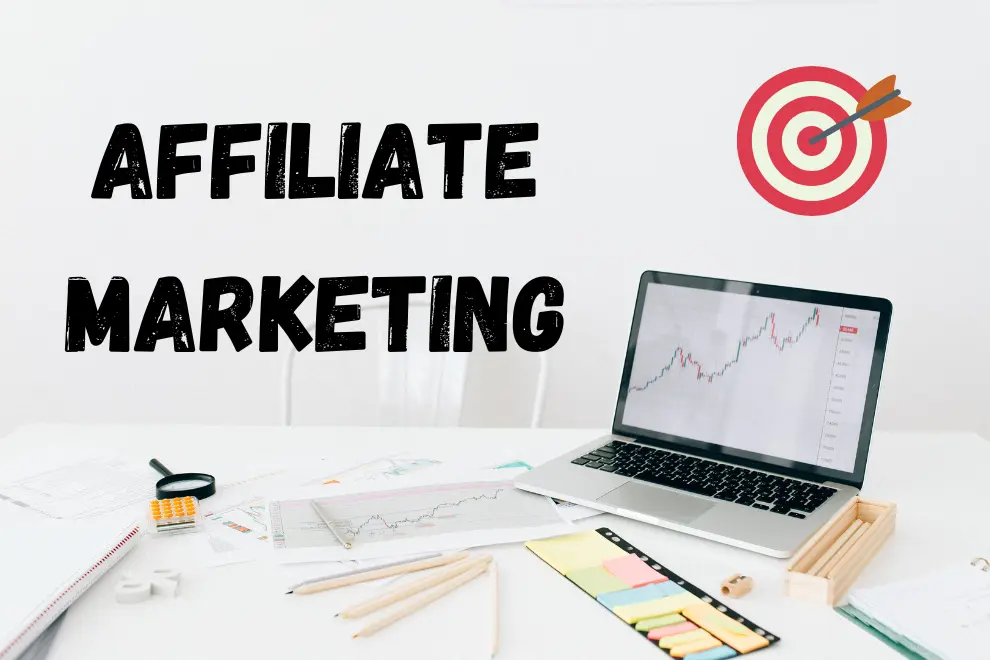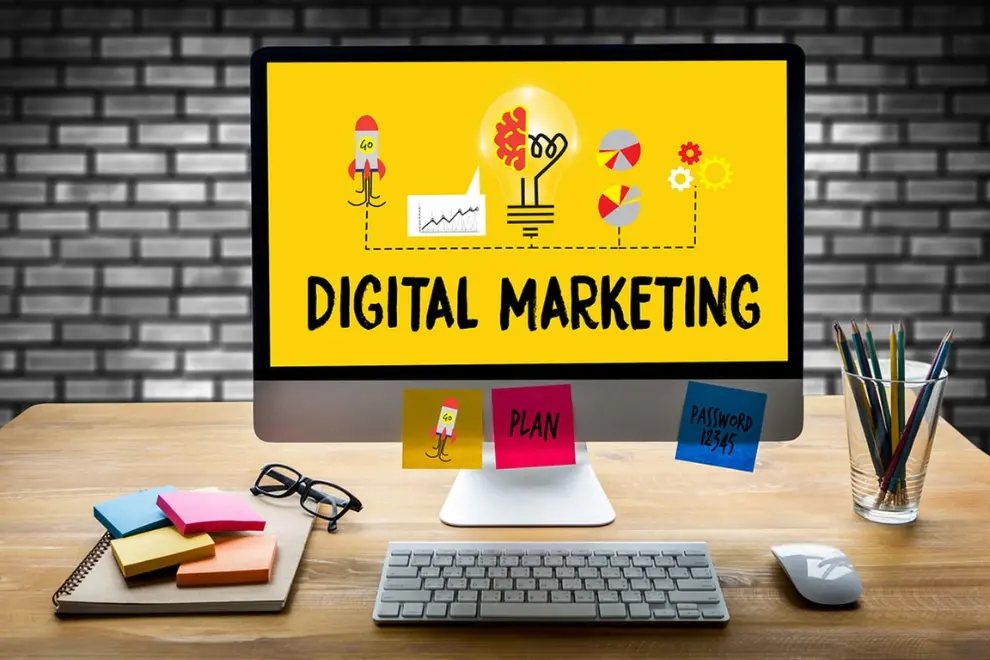In today’s digital landscape, driving website traffic is crucial for businesses, content creators, and marketers. One of the most effective ways to achieve this is through Meta ads (formerly known as Facebook ads). Meta’s platforms, including Facebook and Instagram, offer powerful advertising solutions that help businesses reach their target audience and increase website visits. To truly maximize the potential of Meta ads and boost your website traffic, you need the right strategies.
In this article, we’ll explore 5 proven Meta ads strategies that will not only elevate your ad campaigns but also skyrocket your website traffic. These techniques will help you reach the right audience, optimize your ad performance, and ultimately achieve your marketing goals.
1. Leverage Detailed Audience Targeting for Higher Conversions
One of the most powerful features of Meta ads is its audience targeting capabilities. Meta allows advertisers to target users based on a wide array of criteria such as demographics, interests, behaviors, location, and even online activity. By leveraging this detailed targeting, you can ensure your ads are shown to the right people—those who are most likely to click through to your website.
How to Use Audience Targeting for Website Traffic:
- Create Custom Audiences: Upload your existing customer lists or engage with those who have previously interacted with your website or app. These warm leads are more likely to convert into website visits.
- Use Lookalike Audiences: Meta’s Lookalike Audience feature allows you to target people who are similar to your current customers. This is a great way to find new users who may be interested in your offerings, driving more traffic to your site.
- Refine Your Targeting: Start by narrowing your audience by specific interests, age groups, or behaviors that align with your business. By doing so, you increase the chances of reaching high-intent users.
The more refined your targeting, the better your chances of boosting engagement and driving relevant traffic to your website.
2. Create Engaging and Compelling Ad Copy
Compelling ad copy plays a vital role in grabbing the attention of potential customers. When creating Meta ads, ensure your copy is not only engaging but also directly addresses the pain points or desires of your target audience. A strong call-to-action (CTA) is key to encouraging users to click on your ad and visit your website.

Tips for Crafting Irresistible Ad Copy:
- Focus on Benefits: Instead of just listing product features, emphasize the benefits your product or service provides. How will it solve the problem or enhance the user’s life?
- Use Power Words: Words like “exclusive,” “limited time,” and “unlock” create a sense of urgency and exclusivity, prompting users to take immediate action.
- Clear and Direct CTA: Your CTA should be easy to understand and actionable. Phrases like “Shop Now,” “Learn More,” or “Get Started” encourage users to click through to your website.
Remember that Meta ads allow you to test various ad copy versions. Run A/B tests to determine which messaging resonates best with your audience and drives the most traffic to your website.
3. Use High-Quality Visuals for Maximum Impact
Images and videos are integral components of Meta ads. Meta’s platforms are highly visual, with Instagram and Facebook being primarily image- and video-based. Using high-quality, eye-catching visuals in your ads can significantly increase user engagement and drive more traffic to your website.
How to Use Visuals Effectively in Meta Ads:
- High-Quality Images: Invest in professional product photos or create custom graphics that are relevant to your ad’s content. Make sure the visuals align with your brand’s style and message.
- Videos and Carousels: Videos and carousel ads (ads with multiple images or videos that users can swipe through) often perform better than static image ads. Use videos to showcase your products, demonstrate how they work, or share customer testimonials.
- Use Consistent Branding: Ensure that your visuals are consistent with your overall branding, so users can easily identify your ads. This creates trust and recognition.
With the right visuals, you can capture the attention of your audience and drive them to your website to learn more about your offerings.
4. Optimize Landing Pages for Better Conversion Rates
While Meta ads drive traffic to your website, the experience on your landing page is just as important in converting that traffic. If users click on your ad but find a slow or irrelevant landing page, they’ll likely bounce, and you’ll lose out on valuable traffic. Optimizing your landing pages ensures that users not only visit but also stay and convert.
Best Practices for Landing Page Optimization:
- Ensure Relevance: Make sure your landing page content matches the ad’s message. If your ad is about a specific product or service, the landing page should highlight that same product or service to maintain continuity.
- Mobile-Friendly Design: A significant portion of Meta ads is viewed on mobile devices. Ensure that your landing page is mobile-optimized, loading quickly and providing an easy-to-navigate experience.
- Clear CTA: Just like your ad copy, your landing page should feature a clear and compelling call to action. Whether it’s “Buy Now,” “Sign Up,” or “Get More Information,” ensure that your CTA stands out.
- Fast Load Time: A slow-loading landing page can drive users away. Use tools like Google PageSpeed Insights to test and improve your page speed.
Optimizing your landing page will not only improve your conversion rate but also enhance the overall user experience, leading to a better ROI for your Meta ads.
5. Retarget Visitors to Drive Repeat Traffic
Retargeting is an effective strategy that allows you to reconnect with users who have interacted with your website but haven’t yet converted. Meta ads offer robust retargeting options that enable you to remind users of your brand, encouraging them to return and complete their action, whether it’s making a purchase or signing up for a newsletter.
How to Implement Retargeting on Meta Ads:
- Install the Meta Pixel: The Meta Pixel is a small piece of code that you add to your website to track user activity. Once it’s installed, you can create custom audiences based on actions users take on your site, such as visiting a specific product page or adding an item to the cart.
- Create Retargeting Campaigns: Once you have your custom audience set up, create targeted ads specifically for those who have visited your website but haven’t taken the desired action. These ads will remind them of what they left behind, increasing the likelihood they will return and complete the process.
- Offer Incentives: To encourage users to return, offer special promotions or discounts in your retargeting ads. This added incentive can nudge them to visit your site and make a purchase.
Retargeting helps keep your brand top of mind and drives repeat traffic, increasing the chances of converting leads into customers.
Meta ads offer an incredible opportunity to boost your website traffic and grow your online presence. By implementing the strategies mentioned in this article—leveraging detailed audience targeting, crafting compelling ad copy, using engaging visuals, optimizing landing pages, and retargeting visitors—you can maximize the effectiveness of your Meta ads and drive more high-quality traffic to your website.
Start applying these proven strategies to your Meta ad campaigns today, and watch your website traffic soar. With the right approach, Meta ads can be a game-changer in your digital marketing efforts.


